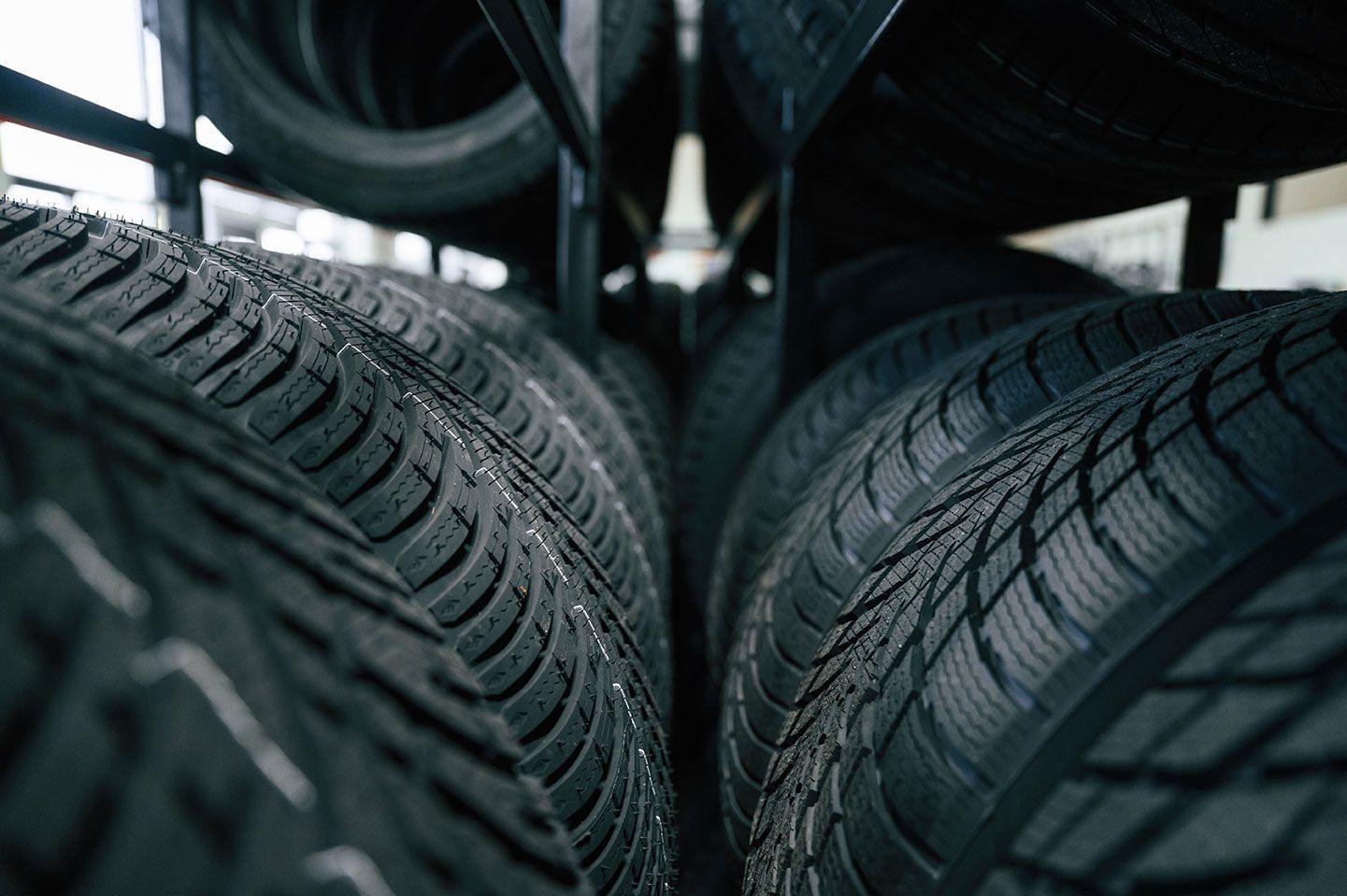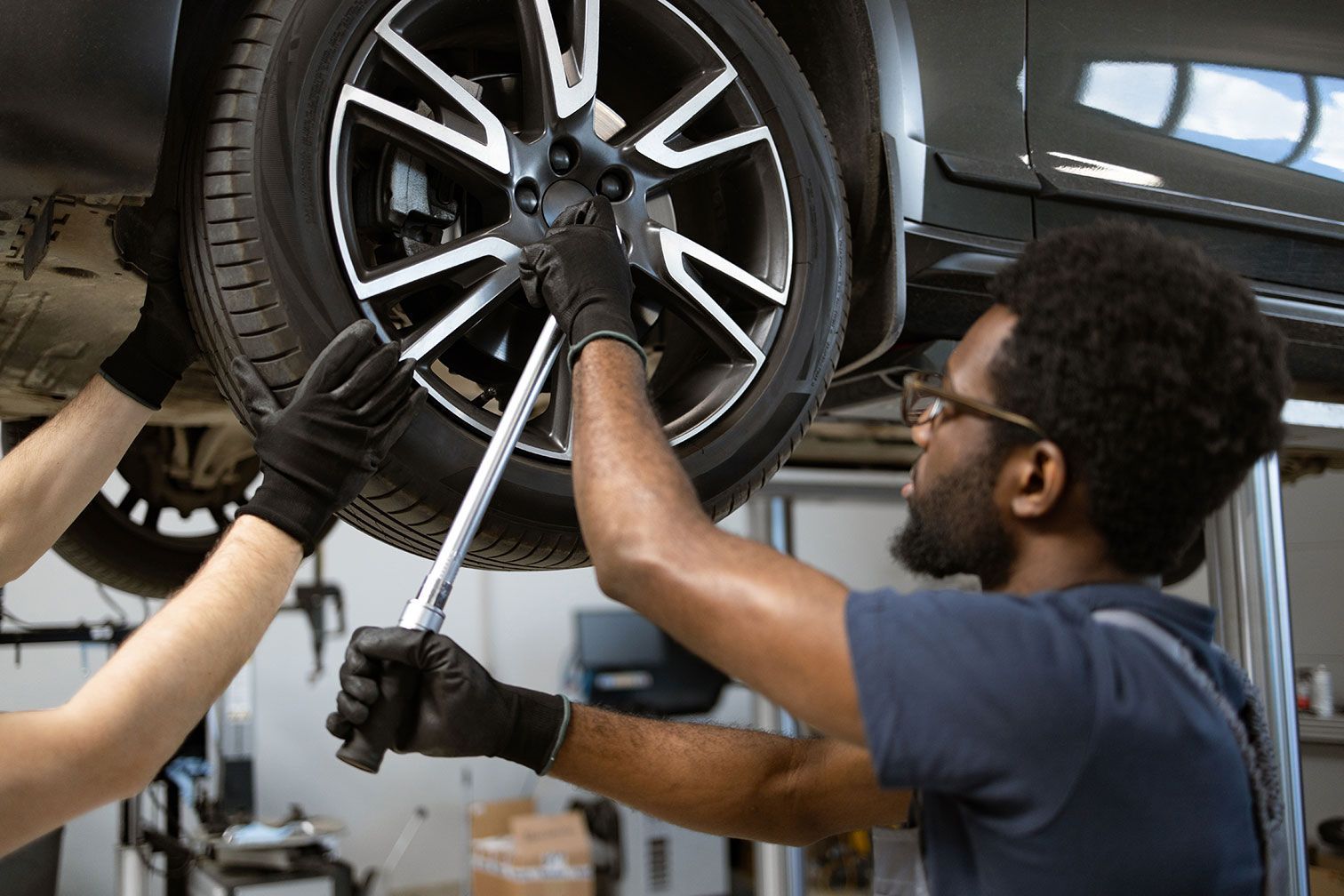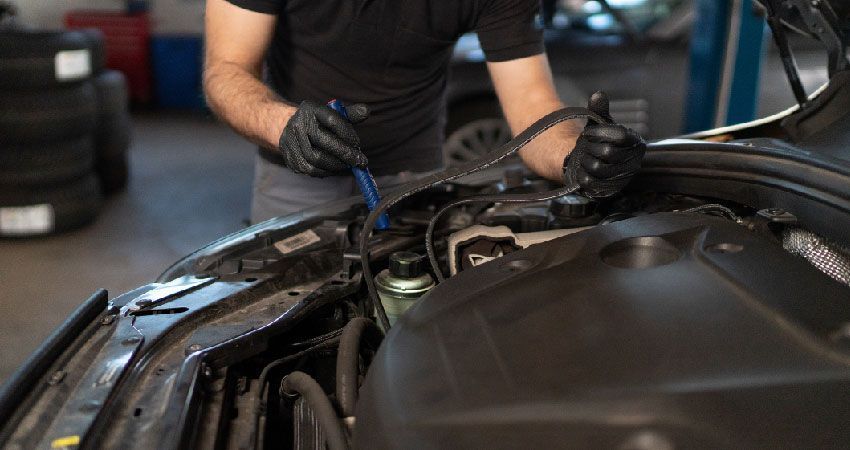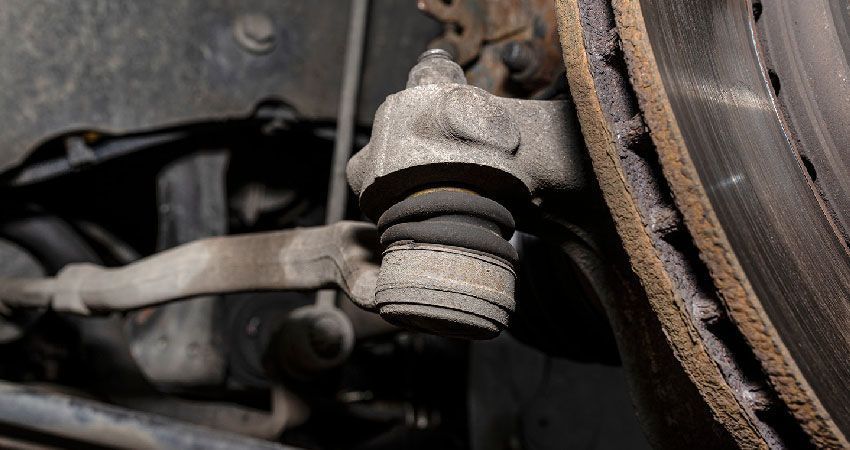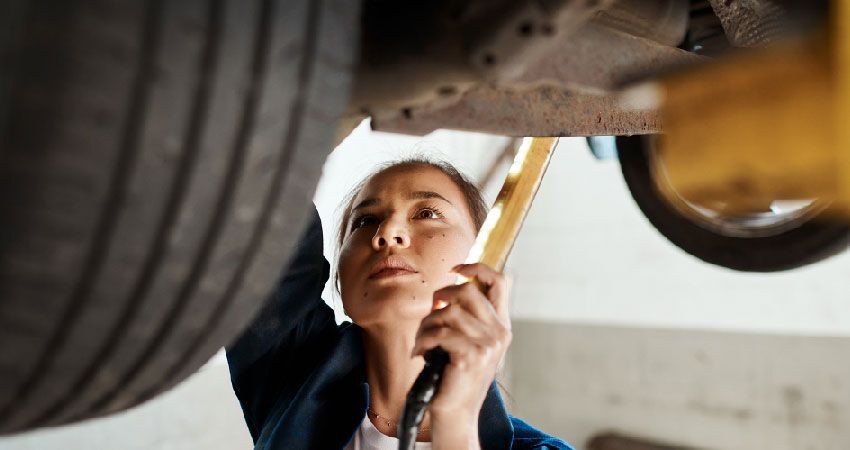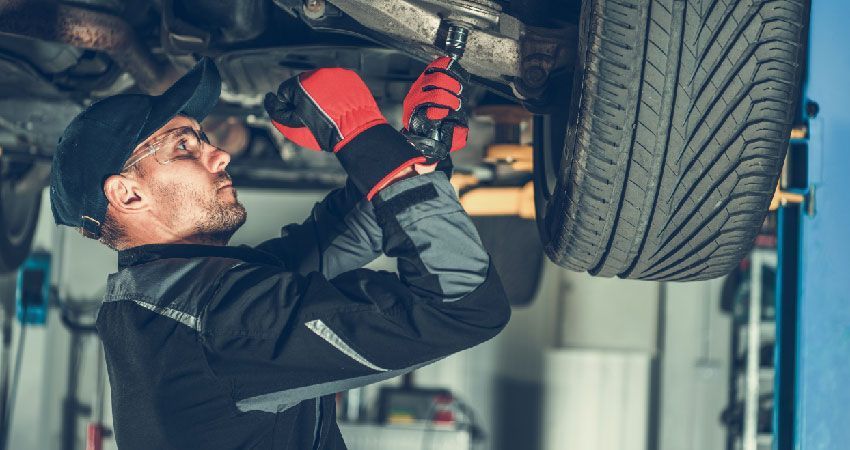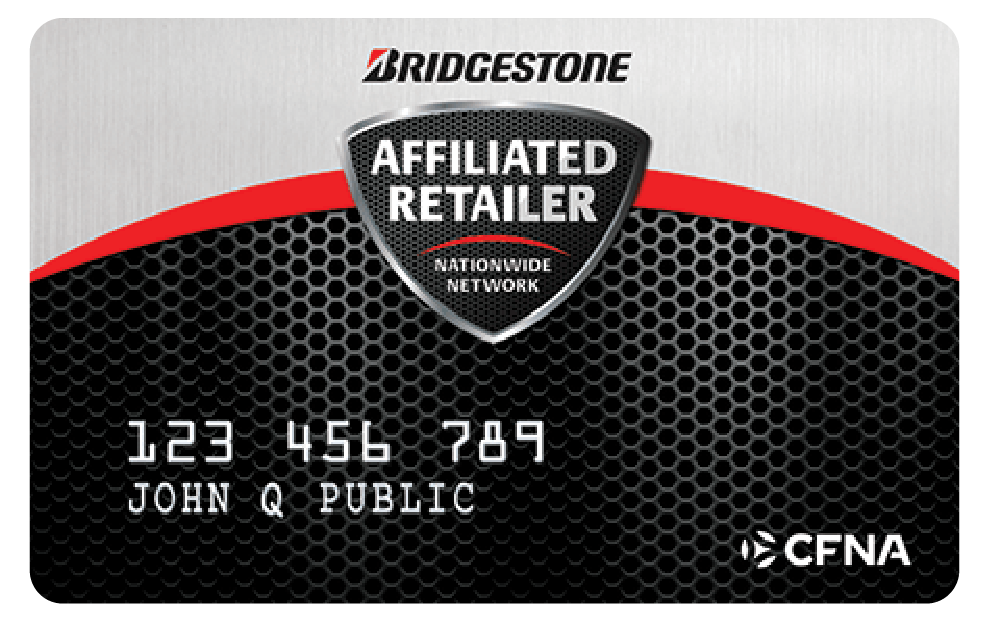Power And Support Your Starting And Charging Systems
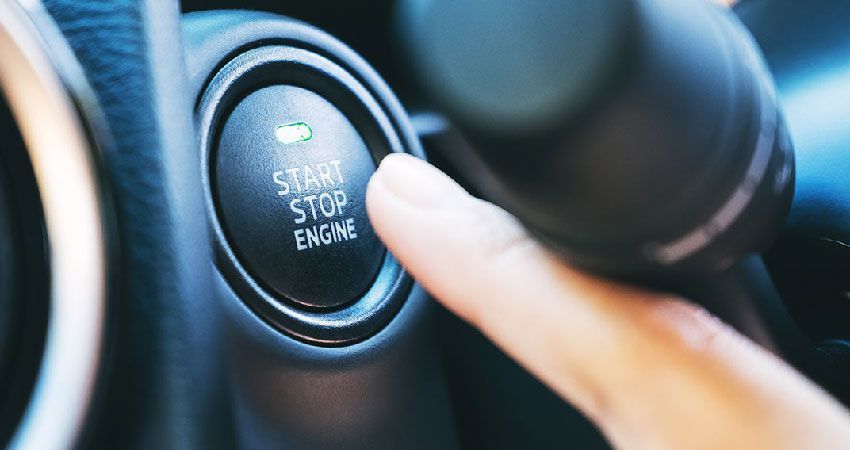
What is a starter?
Car starters are electrical motors in charge of starting your vehicle’s engine. In order to work, the starter receives a tremendous amount of electricity from the battery. When you turn your key in the ignition, the battery sends an electrical current to the starter solenoid, which is located on the starter motor, and then the starter solenoid actually powers the starter. When the starter receives the electrical current from the battery, a small gear extends out of the starter and engages the vehicle’s flywheel. The small gear will begin to turn the flywheel, and then the flywheel turns the crankshaft, which powers the engine. Once the engine starts, the small gear from the starter will disengage from the flywheel and will retract back into the starter.
Why should you replace your starter?
If the starter ever fails, your engine will never start and your vehicle will be inoperable.
When should you replace your starter?
If you turn your key in the ignition and nothing happens or the starter clicks momentarily or cranks very slowly, then you have a problem with your starting system. However, diagnosing what is causing these problems is often difficult. So, if you experience a problem with your vehicle not starting, remove your starter and battery and take them to a service technician or an auto parts store and have them tested. If the starter fails the tests, it will be necessary to replace your starter.
How do starting and charging systems work?
Your vehicle’s starting system consists of two parts: the electric starter motor and a starter solenoid. Turning your key in the ignition triggers the starting system by sending power from the battery to the starter solenoid. The starter solenoid then activates the starter motor, which spins the engine a few times to turn it on. Charging systems deliver electrical energy to power your vehicle while it’s running and sustains the battery’s charge. Your vehicle’s charging system consists of three parts: the battery, the alternator, and the voltage regulator. The battery supplies the necessary electrical power to start your engine. The alternator generates the electrical currents to power everything electrical in the car, while the regulator controls the voltage of the currents. The voltage regulator also makes sure the battery stays fully charged. When the battery has lost its charge, the voltage regulator will signal the alternator to recharge the battery.
Why have your starting and charging systems checked?
First, if your battery is bad, your vehicle will never be able to start. The battery is required to send the initial electric power necessary to start your vehicle. The charging system is also required to maintain the battery’s charge and supply your vehicle with electricity while the car is running. If the alternator or the voltage regulator malfunctions, it can lead to serious problems with your engine and your vehicle. It is very important to have your starting and charging systems checked to prevent engine failure.
When should you have your starting and charging systems checked?
If you turn your key in the ignition and nothing happens, your engine doesn’t start, you have a problem with your battery or your starting system. You will need to have your battery jumped and have your starting system checked. Another sign of a weak battery or starting and charging system is dim headlights. If your headlights are not bright, you should check the voltage of your battery. Every 3 months or 3,000 miles you should have your battery checked. Also, whenever you are having your battery checked or replaced, always check your starting and charging systems to ensure they are working properly.
Comprehensive Coverage for All Your Automotive Repair Needs Awaits You!
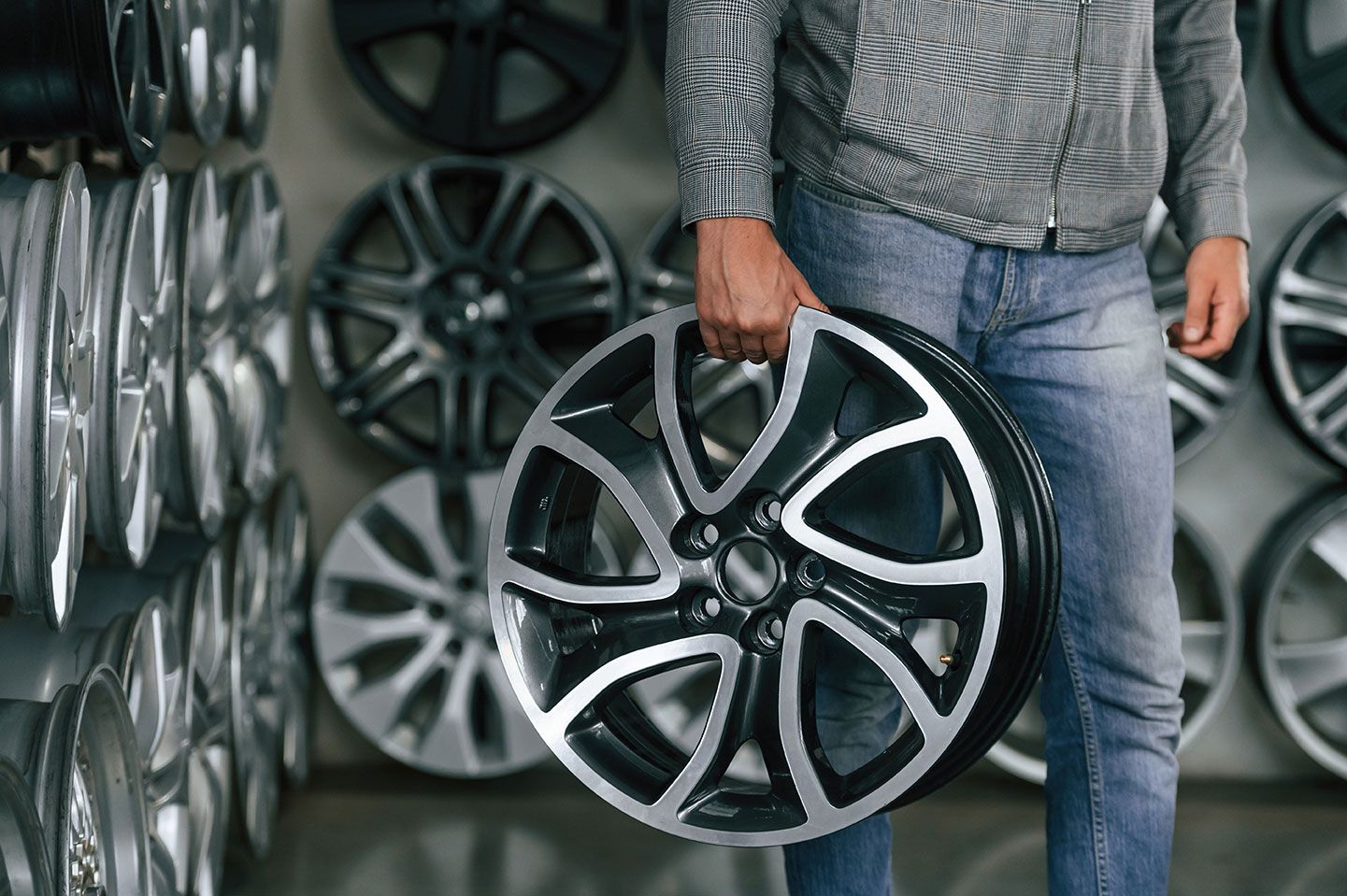
By Melissa Underwager
•
August 7, 2025
When it comes to the performance, safety, and aesthetics of your car, one often-overlooked but crucial component is the wheel. Car wheels serve not only as the foundation for movement but also play a significant role in handling, fuel efficiency, and overall driving experience. In this blog, we’ll dive deep into everything you need to know about car wheels, from their construction to how to choose the best ones for your vehicle.

